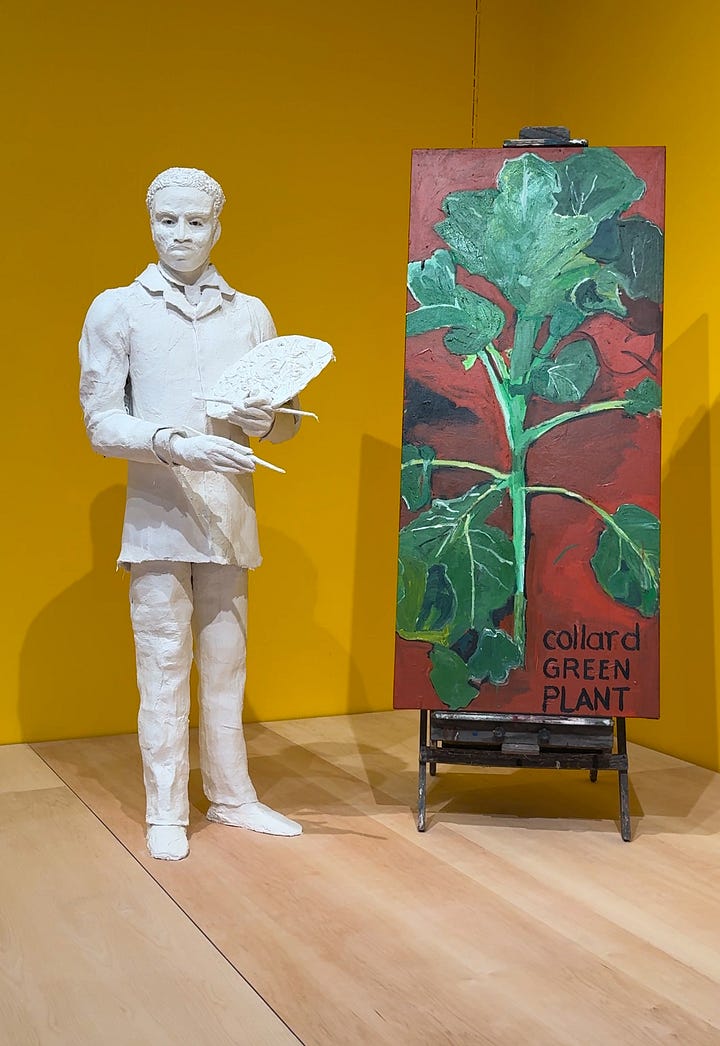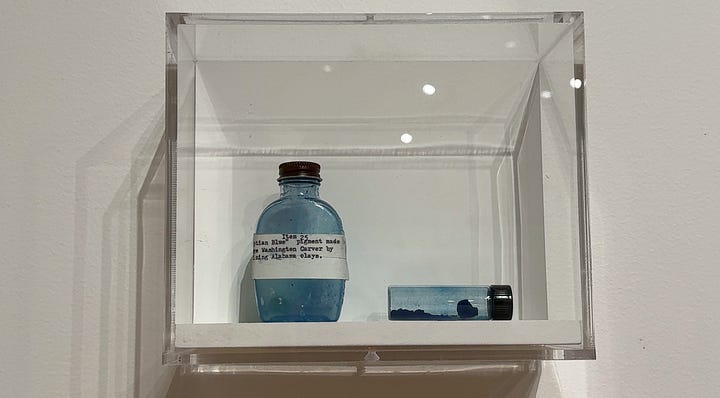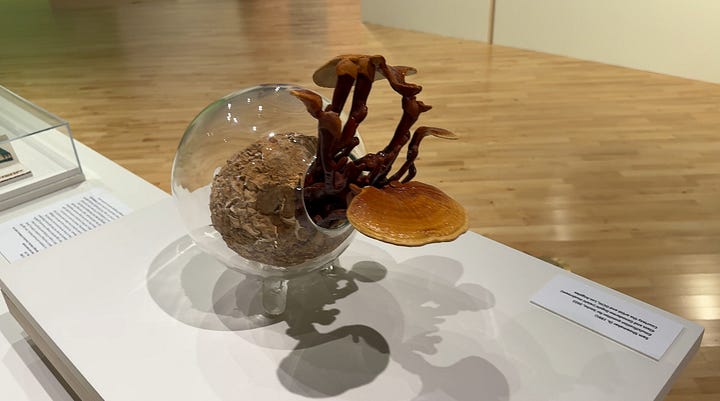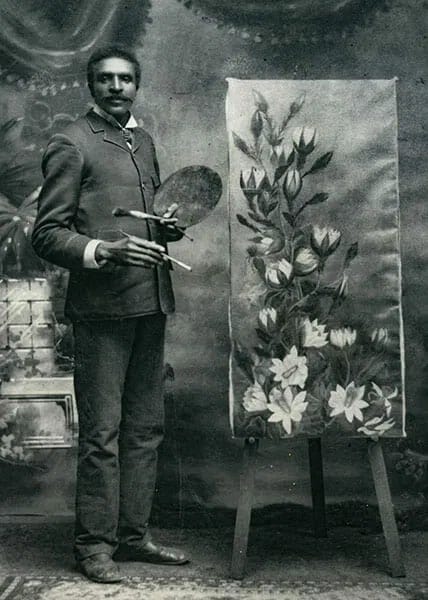The Overlooked Artistic Roots That Shaped George Washington Carver’s Legacy
The California African American Museum presents "World Without End: The George Washington Carver Project"
When you hear George Washington Carver’s name, you probably immediately think of peanuts – after all, that is mainly what we were taught about him in grade school. However, he was so much more than just the “Peanut Man.” Carver’s innovations, inventions, and humanitarianism inevitably made him a pioneer of plant-based engineering and one of the nation’s earliest proponents of sustainable agriculture. Also known as “The Black Leonardo,” he is arguably one of the greatest and most celebrated scientists of his time – yet, his artistic achievements don't receive enough recognition.
While Carver’s life and career are most often associated with his contributions to science, his roots in art played an essential role in shaping his life and work. Enrolling in Simpson College in Iowa, his initial studies were in the field of art– and his love for plants was a focal point of many of his paintings. He was encouraged by his art teacher to enter his work in a local exhibit, where it was selected to represent Iowa at the 1893 World’s Fair in Chicago. Despite Carver’s artistic talents, the “starving artist” narrative was especially true during that time, and that same art teacher worried that he wouldn’t be able to make a living as an artist. From there, he was encouraged to explore botany at Iowa State Agricultural College where he excelled in the fields of horticulture, botany, chemistry, and mycology. Carver received his bachelor’s degree in 1894 and a master’s degree in 1896, and went on to work as the director of the scientific experiment station at The Tuskegee Institute in 1897. Everything that we learned–and didn’t learn–in school about Carver came from the work that he did throughout his time as a researcher and scientist at The Tuskegee Institute, which was the base for the remainder of his life and career.
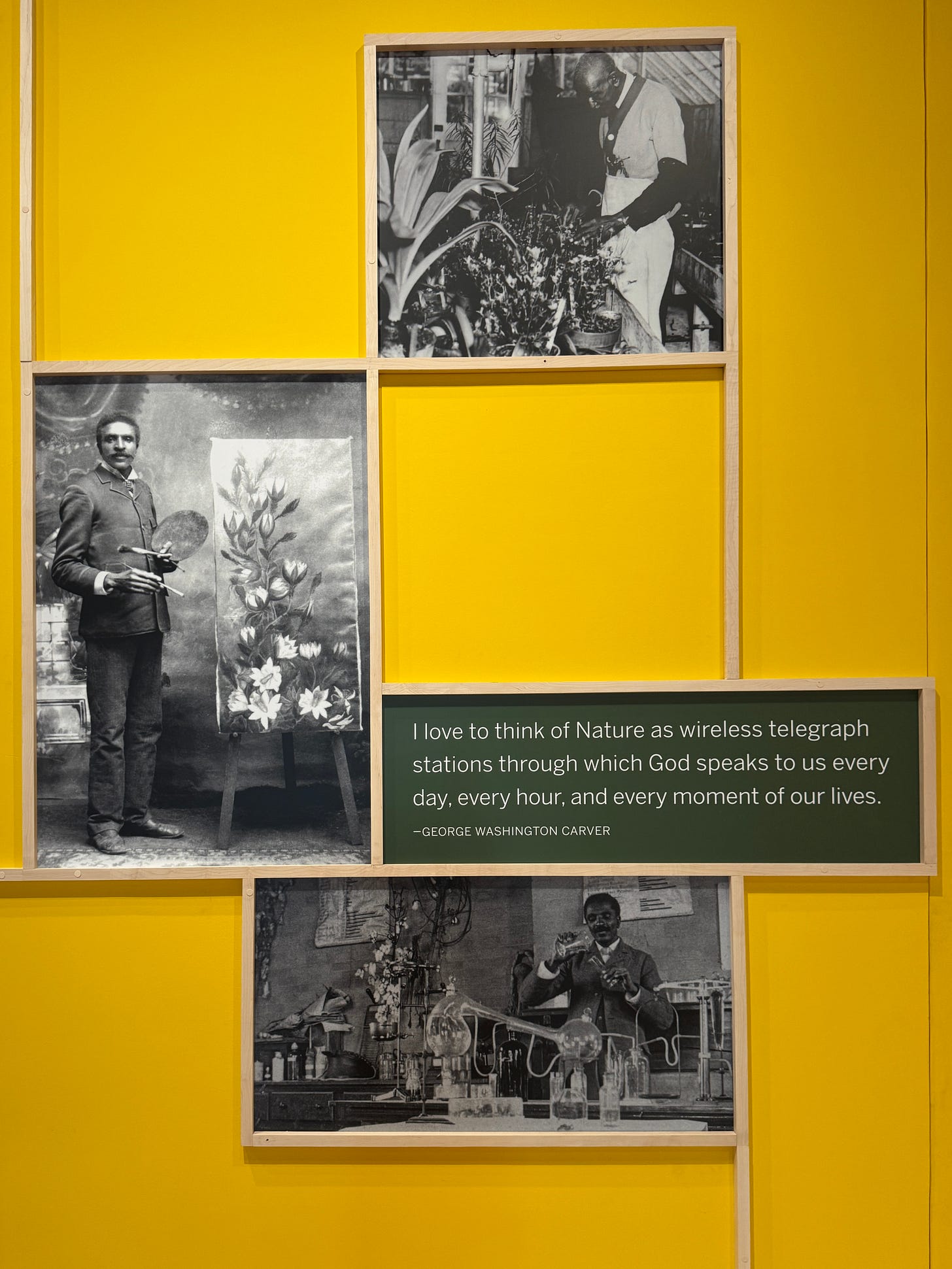
Learning more about the life and legacy of George Washington Carver was the highlight of my most recent visit to The California African American Museum. Their exhibition World Without End: The George Washington Carver Project, immaculately curated, displays his rarely seen paintings, drawings, weavings, paint samples, laboratory equipment, and scientific writings. In addition to showcasing Carver’s works, this exhibition also explores how today’s artists and thinkers incorporate his interests, ideas, and innovations into their own practices, featuring contemporary art by thirty artists and artist collectives.
Upon entering the exhibition, there is a brief chronological history of Carver; however, as you journey further, the exhibition unfolds in a more conceptual manner, allowing you to explore a constellation of ideas that naturally connect to Carver’s work. This is the kind of exhibition where you’ll find yourself spending a lot of time learning new things and standing in awe of the many innovations and artworks on display. As described by the California African American Museum, the exhibition "functions as an experimental springboard to push at the boundaries of Carver's ideas and where they might lead us," encouraging visitors to consider Carver from various vantage points. I encourage anyone who has the opportunity to experience this exhibition to do so, as it will provide a new perspective on George Washington Carver’s profound impact on both science and art.
World Without End: The George Washington Carver Project is on exhibit now until March 2, 2025.
